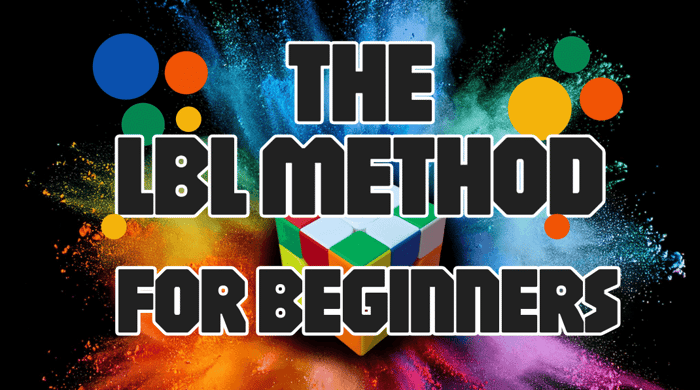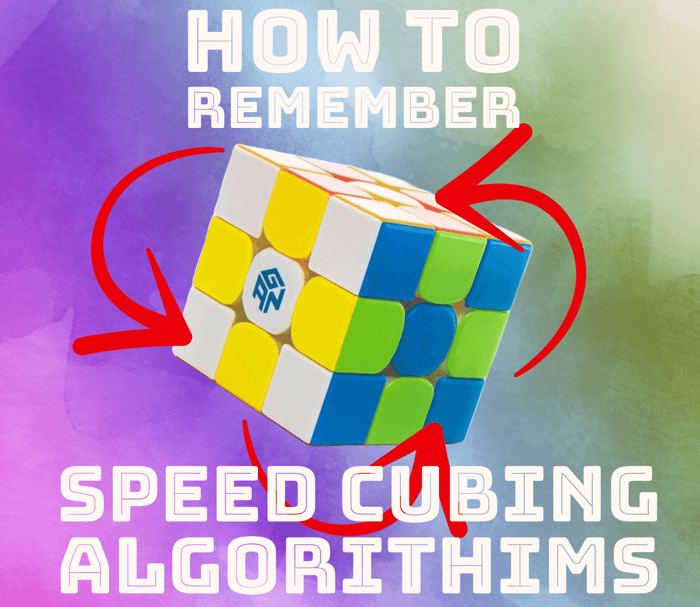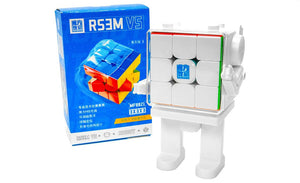If you're new to speedcubing and wonder, How exactly do I solve this thing? Well, wonder no more! In this blog, we're going to go over one of the easiest solving methods, the LBL Method for beginners, short for Layer-By-Layer. This method is one of the most beginner-friendly methods, and for a good reason.
If you research this method, whether on YouTube, online guides, or even talk to a friend who’s already in the cubing world, you’ll notice that the exact steps might shift slightly depending on who’s teaching. But at its core, the LBL method follows a simple step-by-step flow that’s easy to wrap your head around.
So, let’s break it down.
👉 Want a visual guide to follow along?
Check out our easy to follow guide: How to Solve the 3x3 Rubik’s Speed Cube — perfect for beginners learning the LBL method!
What Is the LBL Method
(Optional ) The Daisy
Not every tutorial includes this step, but if someone’s struggling with learning how to make the cross, the daisy is a good intro. It’s like training wheels before you dive into the real first step.

Step 1. Cross
The goal of this step is to line up four edge pieces around the center to form a cross on one face. This seems easy, but alignment with adjacent center colors is key, this trips up a lot of beginners.
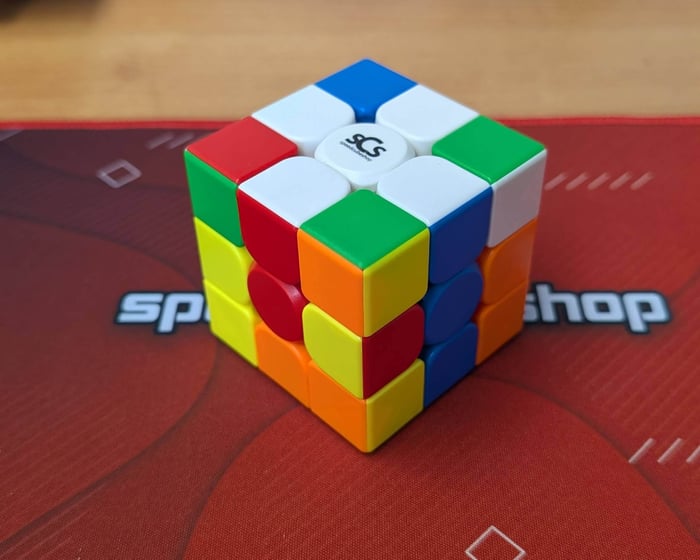
Step 2. First Layer Corners
Now you’re solving the corners on that same face. You’re aiming to complete your first full layer, edges and corners.
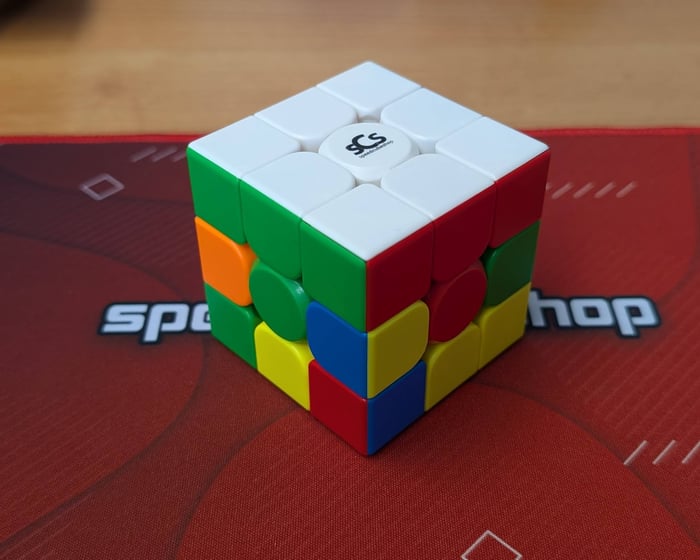
Step 3. Second Layer Edges
This step solves the four edge pieces in the middle layer. You're halfway there!
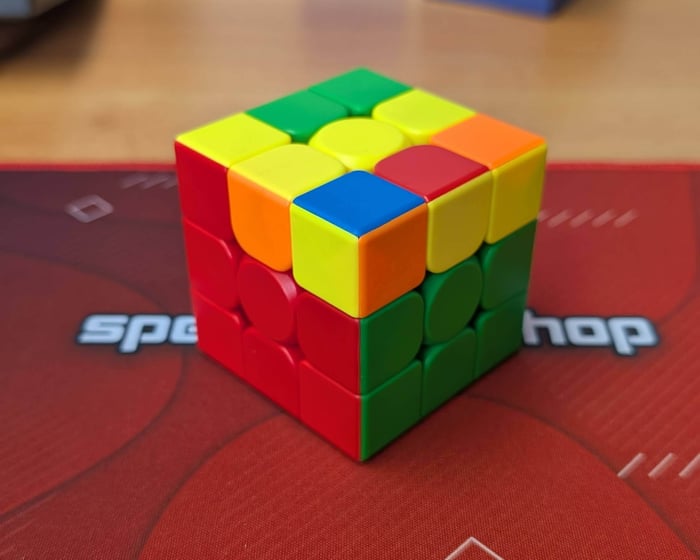
Step 4. Orienting the Last Layer Cross
At this point, you’re on the last layer and you’ll often see a random mess of yellow (or whatever your top color is). The first thing to do is get that cross back.
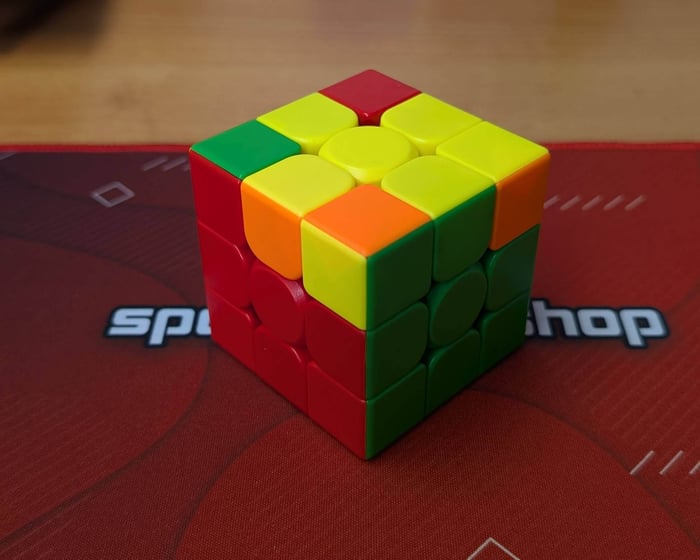
Step 5. Permuting the Last Layer Cross
Now that the cross is there, the goal is to move those pieces into their correct positions without messing everything else up.
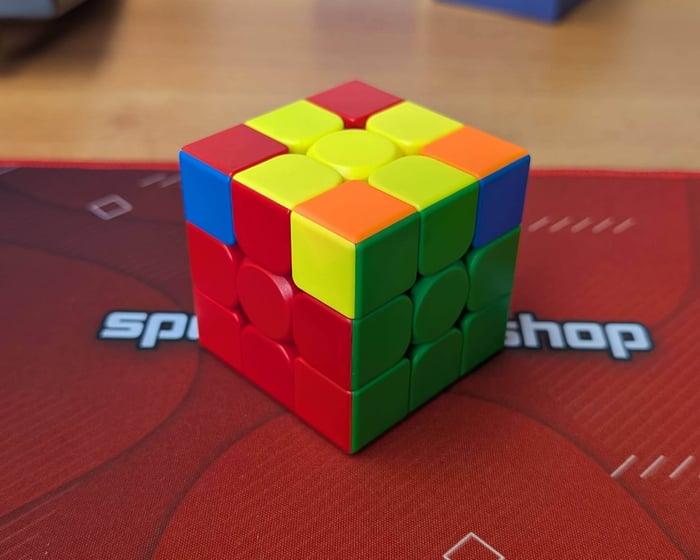
Step 6. Permuting the Last Layer Corners
Next, you move the last four corner pieces into place, even if they aren’t oriented correctly yet.
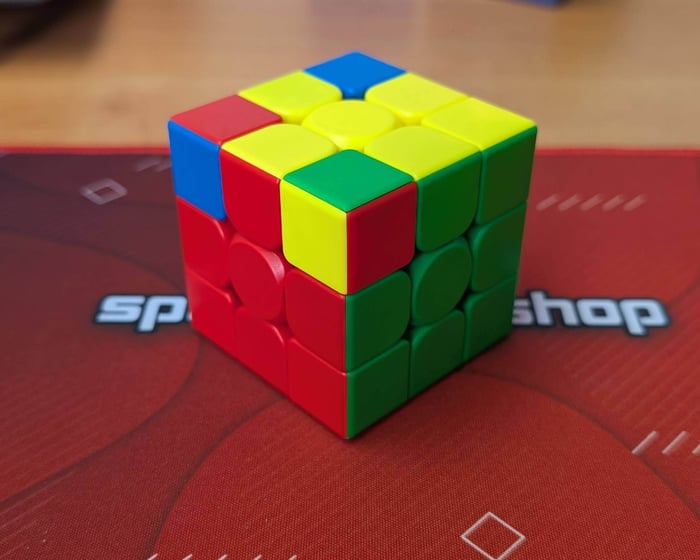
Step 7. Orienting the Last Layer Corners
Finally, rotate those corners until they’re all facing the right way. And boom, you’ve just solved the cube.
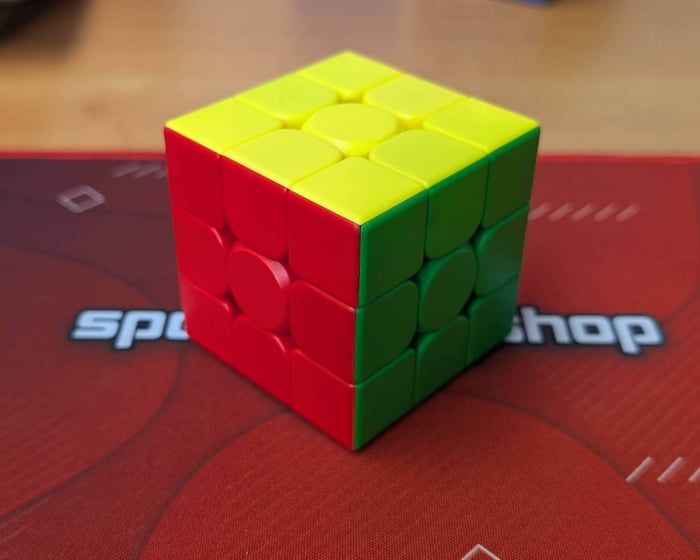
Common Beginner Mistakes (And How to Avoid Them)
We all make mistakes, and every cuber’s been there. A few things I see beginners struggle with all the time:
- Cross Misalignment: A lot of folks get the cross edges in, but don’t align them with the adjacent center pieces. Always double-check that side alignment!
- Corner/Edge Confusion: Sometimes you’ll find that your corner or edge pieces are in the right place but rotated wrong, or even swapped. Don’t panic. Learn how to recognize those situations and which algorithms fix them.
Why LBL Is the Best Starting Method
There's definitely a bunch of other methods out there, like the CFOP, Roux or ZZ but these are more advanced. The LBL method is great for beginners because It teaches you the foundational moves and logic without overwhelming you with algorithms.
You only need to learn a small handful of algorithms to solve the cube, which makes it way less intimidating. And when you're ready to move on to something faster like CFOP, LBL gives you a natural bridge to get there.
Want to Get Faster? Try These Tips
Once you’re solving consistently and want to improve your times, try these exercises:
- Solve Your Cross on the Bottom: Most beginners start solving the cross on the top. Switching to solving it on the bottom reduces cube rotations and sets you up for smoother solves.
- Plan Ahead: During inspection, don’t just look at one cross piece; try planning two or even three.
- If You Are Finding Trouble Memorizing Algorithms Try Focusing on Movement, Not Notation: Instead of memorizing “R U R' U'”, watch how the pieces move. It’ll help you truly understand and retain the algorithms.
What Algorithms Should You Know?
At the beginner level, you don’t need a long list of algorithms. The key is memorizing the ones you use in this method and getting good at recognizing situations so you know when to use which one. Speed comes from familiarity and recognition more than just having a ton of algorithms memorized.
Helpful Tools and Gear for Beginners
If you’re getting more into speed cubing and maybe even thinking about entering your first competition (yes, beginners can totally compete!), here are a few tools and cubes worth checking out:
- G5 Timer: It’s what you’ll use at official comps. Having one at home helps you get used to it.
- CSTimer: A fantastic free timer and stat tracker online that will help you keep track of your averages as you progress over time.
Beginner-Friendly Cubes:
- MoYu RS3M V5 (dual adjustment or ball core): Great performance at a budget price.
- X-Man XT3 3x3 V1 Flagship: Another solid choice with great feel.
- Jperm RS3 M 2020: Professionally set up out of the box and still affordable. Ideal if you just want something smooth and competition-ready without all the setup.
Final Thoughts
The LBL method is like learning to ride a bike, it might feel tricky at first, but once it clicks, it becomes second nature. Whether you're solving your first cube or shaving seconds off your time, the LBL method is a solid foundation that opens up a whole world of cubing.
Keep practicing, stay patient, and remember: every cuber was a beginner once. Happy solving!



